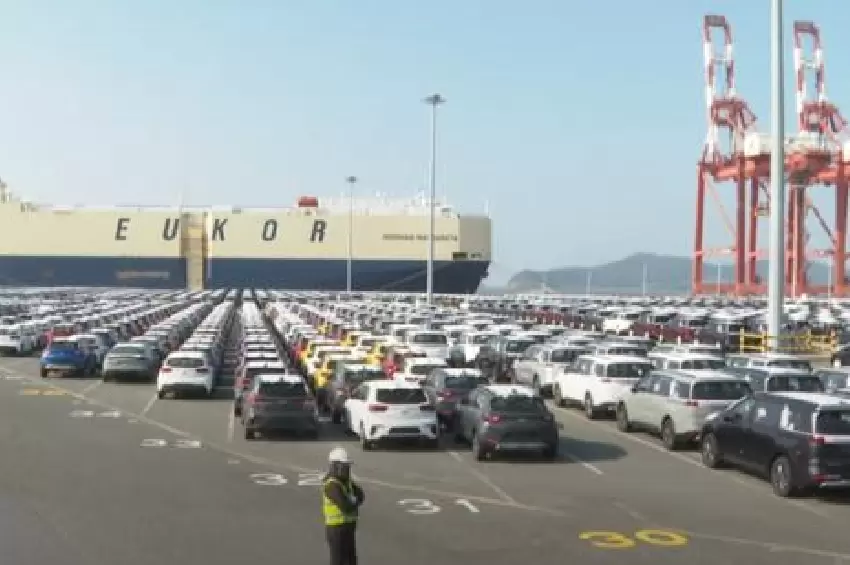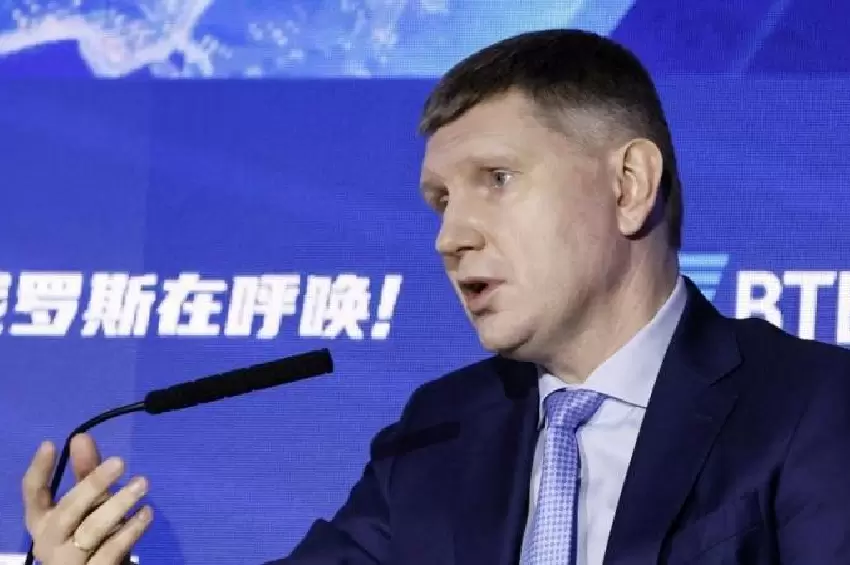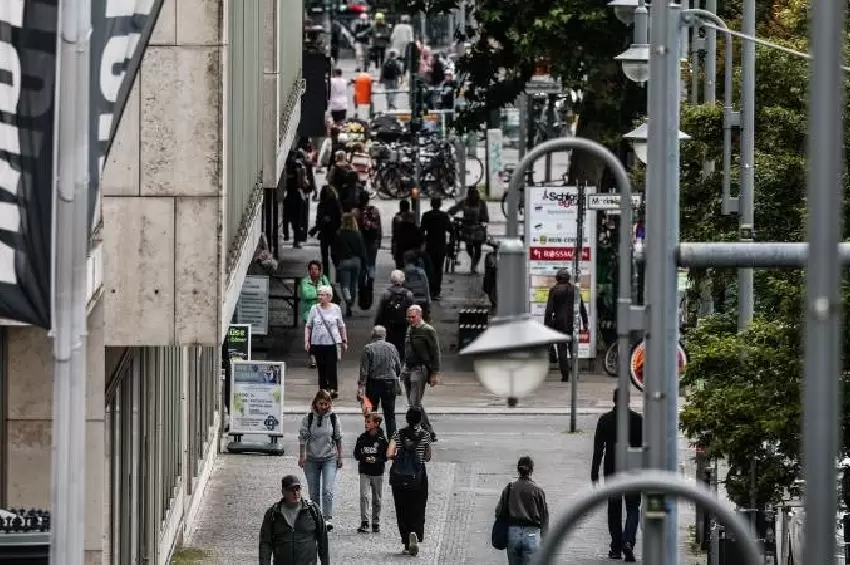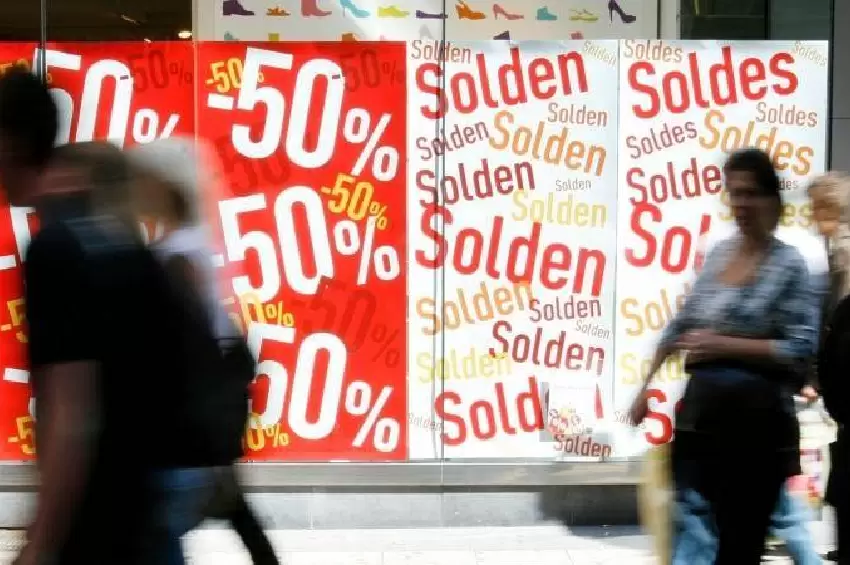Global Trade Order Shaken as Trump's Tariffs Take Full Effect
As the reciprocal tariffs imposed by U.S. President Donald Trump on major global economies come into full force, the international trade landscape is undergoing significant upheaval. Amid growing concerns over potential economic regression and the onset of stagflation—a dangerous mix of recession and inflation—President Trump remains steadfast, championing the perceived successes of his tariff strategy.

Wall Street Reacts as Economic Indicators Flash Warning Signs
The immediate aftermath of the tariff implementation saw the New York stock market take a sharp downturn. This was precipitated by a report indicating a decline in the U.S. services sector Purchasing Managers’ Index (PMI) for July, attributed directly to the tariff impacts. The service sector, accounting for approximately 70% of the U.S. economy, showed signs of strain, further chilling investor sentiment.
Historical Comparisons and Economic Predictions
Analysts from the Yale Budget Research Institute have drawn parallels between the current tariff rates and those of the Great Depression era, noting the average effective tariff rate as the highest in 91 years. Predictions suggest a short-term rise in U.S. consumer prices by 1.8 percentage points and a decrease in household real income by an average of $2,400. Additionally, a slowdown in consumption could shave 0.5 percentage points off the U.S. GDP growth rate for the current and following year.
International Repercussions and Future Uncertainties
The International Monetary Fund (IMF) warns of a potential 0.2 percentage point drop in the global economic growth rate if the current tariff policies persist. With the U.S.-China tariff truce set to expire and the possibility of secondary tariffs on Russia, the global economy faces heightened uncertainty.
Trump's Unyielding Stance on Tariffs
Despite the looming economic warnings, President Trump has reiterated his commitment to the tariff policy, hinting at further measures against specific sectors and maintaining optimism about a trade agreement with China. His remarks also touched on significant investments in the U.S. by foreign companies, signaling a complex interplay between trade policies and economic incentives.









Comments